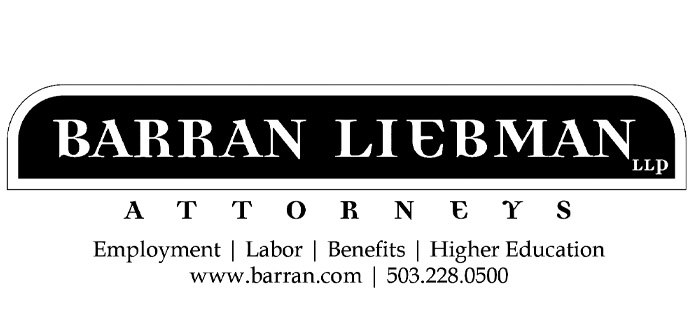Joint employment occurs when two or more entities employ an individual employee at the same time. A major risk of joint employment is that one employer may be liable for the actions of another employer — for example, minimum wage or overtime violations, or for a claim of discrimination or retaliation. Joint employment commonly occurs when a business outsources hiring labor to a staffing agency, but there are other more subtle situations where an entity can be deemed a joint employer. A common example is when two or more entities carry out operations under the same roof, e.g., when a contractor engages one or more subcontractors on a large-scale project.
There are various tests for determining whether a joint employment relationship exists. In recent years, both the Department of Labor (DOL) and the National Labor Relations Board (NLRB) have flip-flopped on which joint employment test is applicable. As of this writing, both agencies are re-considering their rules, and neither agency has a final joint employer test in place. As a result, employers should closely monitor their operations and apply multiple tests that courts commonly use to determine whether their operations or partnerships are creating a joint employer situation.
Ninth Circuit courts primarily use the common law agency, economic reality, and hybrid joint employment tests. The common law agency test uses a number of factors to determine whether a party has enough control over the employment relationship to be considered a joint employer. Although the relationship in its entirety must be analyzed, the primary factors include:
- the level of skill;
- how payment is delivered;
- who provides the tools for work;
- the location of the work;
- the duration of the relationship;
- tax-treatment;
- whether the work is part of the normal business of the purported employer;
- the purported employer’s discretion over the hours of work; and
- whether the purported employer can assign additional work.
The economic reality test uses a non-exhaustive list of factors to examine the overall economic reality of the relationship between the parties to determine whether the purported employees are economically dependent on the purported employer. The hybrid test is a blend of the common law and economic reality tests. All three tests essentially seek to answer the same question: how much control does the purported employer have over an individual worker?
In a recent case, the Ninth Circuit held that Los Angeles County was a joint employer with in-home health care residents. The County had a program through which residents seeking care could apply through the County to receive aid, and the residents maintained certain control over the providers’ work. The Court held that the County’s oversight role in the program was so extensive that it was deemed to be a joint employer, and thus liable for failing to pay overtime wages to the providers. In another case, the Ninth Circuit held that two fruit growing companies in Washington were joint employers with a labor contractor. Because of a labor shortage, the growers engaged the contractor to recruit workers from abroad to be employed under a guest worker program. The workers filed a discrimination claim alleging that the fruit growers were a joint employer with the contractor. The court determined that even if the labor contractor carried out most of the decisions (for example, related to housing and transportation), the fruit growers still had enough control over the workers to be considered an employer.
Under any test, determining whether two entities are joint employers is fact-dependent with each situation being different. Popular franchises, parent/subsidiaries, local governments, and staffing companies, among others, have been caught in the mix of these complicated standards. The joint employment rules require employers to take a deeper dive into their relationships with workers closely engaged in their business to determine whether a joint employment situation may arise.
For more information about worker classification, visit barran.com/seminars to register for Barran Liebman’s upcoming August 1 webinar: Making the Right Decisions on Worker Classifications: Independent Contractors v. Employees? Exempt v. Non-Exempt?
Bruce Garrett is an attorney and Hannah LaChance is a law clerk at Barran Liebman LLP. For questions, contact Bruce at 503-276-2175 or bgarrett@barran.com.





